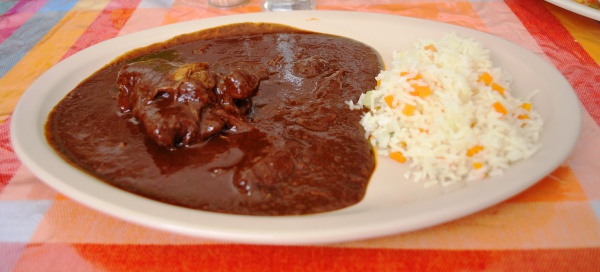Facts About Mole sauce
Mole, a cherished sauce and marinade in Mexican cuisine, is renowned for its rich flavors and vast array of variations. In contemporary Mexico, the term "mole" encompasses numerous different sauces, including black, red, yellow, green, almendrado, de olla, huaxmole, guacamole, and pipián. Perhaps the most internationally recognized variety is mole poblano. These sauces typically combine fruits, chili peppers, nuts, and spices such as black pepper, cinnamon, and cumin. For example, mole verde, or green mole, is made with pumpkin seeds and green chiles.
The origins of mole are deeply embedded in the regions of Puebla and Oaxaca. One popular legend narrates that nuns from the Convent of Santa Clara in Puebla invented mole to impress an archbishop. Over the years, mole has evolved, incorporating ingredients from North America, Europe, and Africa while retaining its indigenous essence, particularly in the use of chili peppers.
Crafting mole is a labor-intensive process. It involves roasting and grinding various components into a powder or paste, which is then blended with water or broth and simmered until it achieves a thick, smooth consistency. Traditionally, mole is served over meat, with mole poblano being a particularly popular choice. While numerous types of mole exist, mole poblano and mole negro are among the most renowned.
Mole holds a special place in Mexican culture, especially during celebrations and festive occasions. It is particularly popular in central and southern Mexico, where festivals dedicated to mole showcase regional variations of this culinary tradition. The popularity of mole has also spread to the United States, where prepared mole products are easily accessible. Events such as the National Festival of Mole in San Pedro Atocpan and other regions emphasize the cultural significance and delicious versatility of mole.

 United States
United States